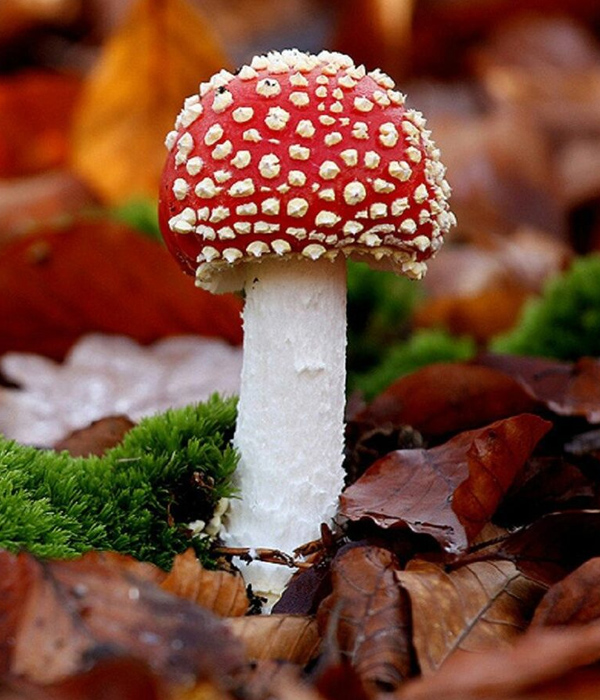During the drying process of the fly agaric (Amanita muscaria), various biochemical changes occur that are important for understanding its properties and uses:
- Dehydration: Drying removes water from the mushroom, aiding in its preservation and extending its shelf life.
- Decarboxylation of ibotenic acid: Ibotenic acid, one of the main active compounds in the fly agaric, can decarboxylate at high temperatures into muscimol. Muscimol has more pronounced psychoactive properties compared to ibotenic acid and is responsible for most of the mushroom’s hallucinogenic effects.
- Change in bioactivity: Drying can also affect the overall bioactivity of the mushroom, including its ability to induce psychoactive effects. Some communities and researchers note that drying can alter the intensity and duration of the fly agaric’s hallucinogenic effects.
- Concentration of active compounds: During the drying process, active compounds may concentrate, influencing their perception and impact on the human body.
Drying the fly agaric is an important step in its preparation for various purposes, including use in medicine, folk culture, or research. However, it is important to remember that the fly agaric is toxic and can cause severe poisoning, so its consumption requires special caution and knowledge of specific dosages and processing methods.

